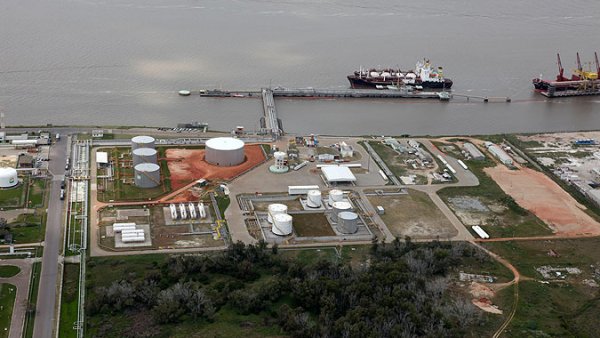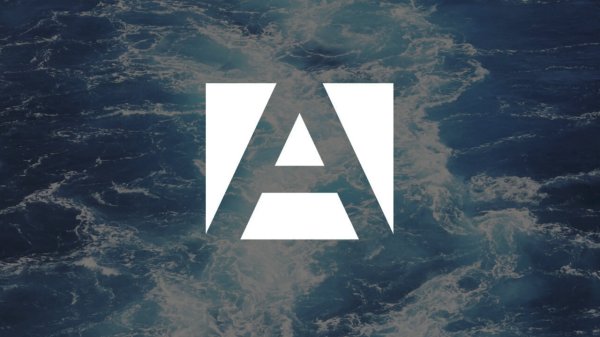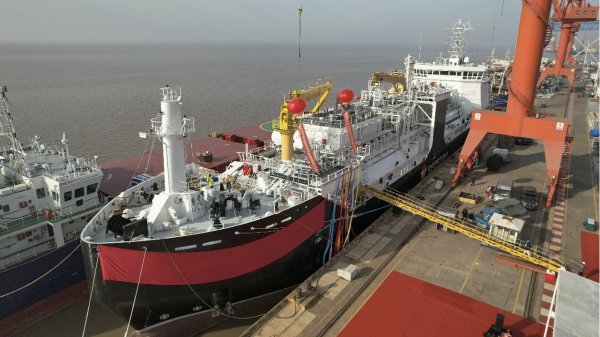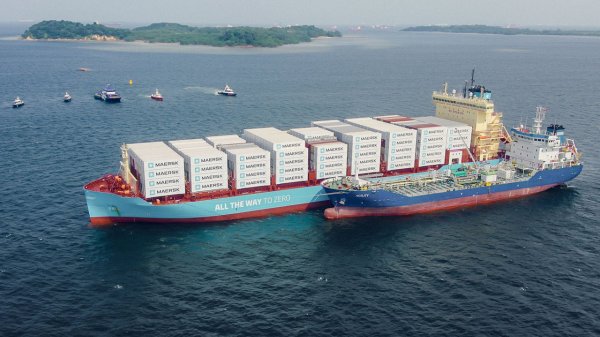Event addresses efficient IT solutions for shipping
Conference covers the latest developments in IT, ship design and shipbuilding.
This year's International Conference on Computer and IT Applications in the Maritime Industries (COMPIT 2013) covered a broad spectrum of the latest developments in ship design and shipbuilding, IT trends and marine robot technology. Organised by Germanischer Lloyd (GL), the conference took place for the twelfth time.
The event, which attracted about 80 participants, also serves as a contact platform for recruiting and the preparation of international R&D projects. Some 45 presentations were given by maritime software developers and users, providing direct insight into how modern IT applications are evolving within their own organisations and the industry.
The ongoing quest for energy efficiency is a continuing factor which is driving the development of IT applications in the maritime industry. Port efficiency, for example, is a key factor in economic ship operation, with direct implications not only for fuel efficiency, but also on other cost items.
One of the speakers, Stefan Harries, of GL’s subsidiary Friendship Systems, presented "Port Efficiency Simulations for the Design of Container Carriers", which allow quantitative consideration of cargo handling times for container vessels already in the conceptual design stage. The method is based on a statistical approach. For many randomly chosen combinations of containers on board, containers to be handled in port, and assigned cranes, the required time in port for a vessel can be determined. For the presented case studies, the differences in port efficiency are shown to be considerable.
Another presentation dealt with advanced simulation technology. Volker Bertram, of GL’s subsidiary FutureShip, gave an overview of "Advanced Simulations for Offshore Industry Applications", based on the experience of a simulation service provider (FutureShip) and a major simulation software vendor (CD-adapco). The presentation focused on the benefits for the business processes of the customers. The analysed structures included fixed and floating offshore platforms, related ships such as supply vessels, and selected equipment. The simulations addressed the main operational challenges, for example ensuring low environmental impact, high availability and compliance with regulations, as well as promoting innovative designs and procedures. Since the scope of the simulations is wide, covering structural analyses, noise and vibration, fluid dynamics, aerodynamics and installation simulations, the presented case studies illustrated the versatility and sophistication of modern simulations in this field.
FutureShip's Heikki Hansen explained in “Lean ECO-Assistant Production for Trim Optimisation” how streamlining processes brought down total response time and cost for the CFD-based trim optimisation tool.
GL’s Henner Eisen described in "High-Performance Finite-Element-Based Fatigue Assessment Processes for Ship Structures" how complex processes in structural analyses can be streamlined. Current fatigue assessment processes were analysed and streamlined based on the GL ShipLoad software. The resulting software tool demonstrated that fatigue assessments can be performed economically for entire ship structures, requiring similar user effort and computational times as classical (design load) methods.
"Future-related topics such as the use of robotic systems to support salvage operations or unmanned navigation through intelligence in networks were met with great interest and many remarkable dialogues were held among the visitors from the different branches and regions," said GL’s Volker Bertram, who organised the conference.
Further topics including product data models for life-cycle management of ships, process simulation and virtual reality applications were also highlighted.
The event, which attracted about 80 participants, also serves as a contact platform for recruiting and the preparation of international R&D projects. Some 45 presentations were given by maritime software developers and users, providing direct insight into how modern IT applications are evolving within their own organisations and the industry.
The ongoing quest for energy efficiency is a continuing factor which is driving the development of IT applications in the maritime industry. Port efficiency, for example, is a key factor in economic ship operation, with direct implications not only for fuel efficiency, but also on other cost items.
One of the speakers, Stefan Harries, of GL’s subsidiary Friendship Systems, presented "Port Efficiency Simulations for the Design of Container Carriers", which allow quantitative consideration of cargo handling times for container vessels already in the conceptual design stage. The method is based on a statistical approach. For many randomly chosen combinations of containers on board, containers to be handled in port, and assigned cranes, the required time in port for a vessel can be determined. For the presented case studies, the differences in port efficiency are shown to be considerable.
Another presentation dealt with advanced simulation technology. Volker Bertram, of GL’s subsidiary FutureShip, gave an overview of "Advanced Simulations for Offshore Industry Applications", based on the experience of a simulation service provider (FutureShip) and a major simulation software vendor (CD-adapco). The presentation focused on the benefits for the business processes of the customers. The analysed structures included fixed and floating offshore platforms, related ships such as supply vessels, and selected equipment. The simulations addressed the main operational challenges, for example ensuring low environmental impact, high availability and compliance with regulations, as well as promoting innovative designs and procedures. Since the scope of the simulations is wide, covering structural analyses, noise and vibration, fluid dynamics, aerodynamics and installation simulations, the presented case studies illustrated the versatility and sophistication of modern simulations in this field.
FutureShip's Heikki Hansen explained in “Lean ECO-Assistant Production for Trim Optimisation” how streamlining processes brought down total response time and cost for the CFD-based trim optimisation tool.
GL’s Henner Eisen described in "High-Performance Finite-Element-Based Fatigue Assessment Processes for Ship Structures" how complex processes in structural analyses can be streamlined. Current fatigue assessment processes were analysed and streamlined based on the GL ShipLoad software. The resulting software tool demonstrated that fatigue assessments can be performed economically for entire ship structures, requiring similar user effort and computational times as classical (design load) methods.
"Future-related topics such as the use of robotic systems to support salvage operations or unmanned navigation through intelligence in networks were met with great interest and many remarkable dialogues were held among the visitors from the different branches and regions," said GL’s Volker Bertram, who organised the conference.
Further topics including product data models for life-cycle management of ships, process simulation and virtual reality applications were also highlighted.

|
VARO Energy expands renewable portfolio with Preem acquisition
All-cash transaction expected to complete in the latter half of 2025. |
|
|
|
||

|
NYK trials biofuel in milestone coal carrier test
Vessel is used to test biofuel for domestic utility company. |
|
|
|
||

|
H-Line Shipping orders LNG bunkering vessel
Vessel with 18,000-cbm capacity to run on both LNG and MDO. |
|
|
|
||

|
How to engineer and manage green shipping fuels | Stanley George, VPS
Effective management strategies and insights for evolving fuel use. |
|
|
|
||

|
Swedish government bans scrubber wastewater discharges
Discharges from open-loop scrubbers to be prohibited in Swedish waters from July 2025. |
|
|
|
||

|
MAN Energy Solutions achieves 100% load milestone for ammonia engine
Latest tests validate fuel injection system throughout the entire load curve. |
|
|
|
||

|
Petrobras secures ISCC EU RED certification for B24 biofuel blend at Rio Grande
Blend consisting of 24% FAME is said to have been rigorously tested to meet international standards. |
|
|
|
||

|
Stolt-Nielsen to fully control Avenir LNG with acquisition
Share purchase agreement to buy all shares from Golar LNG and Aequitas. |
|
|
|
||

|
Bureau Veritas supports launch of CIMC SOE's LNG bunkering vessel
Handover of Seaspan Energy's cutting-edge 7,600-cbm vessel completed. |
|
|
|
||

|
Methanol as a marine fuel | Steve Bee, VPS
How environmental legislation has driven the development of low-sulphur fuels and methanol-ready ships. |
|
|
|
||
Related Links
- · DNV to merge with GL [Insights]
- · Laying the groundwork for LNG [Insights]
- · GL approves LNG-fuelled container ship [Insights]
- · Emission management tool launched [Insights]
- · Study examines LNG as fuel for container ships [Insights]
- · Germany [Directory]

